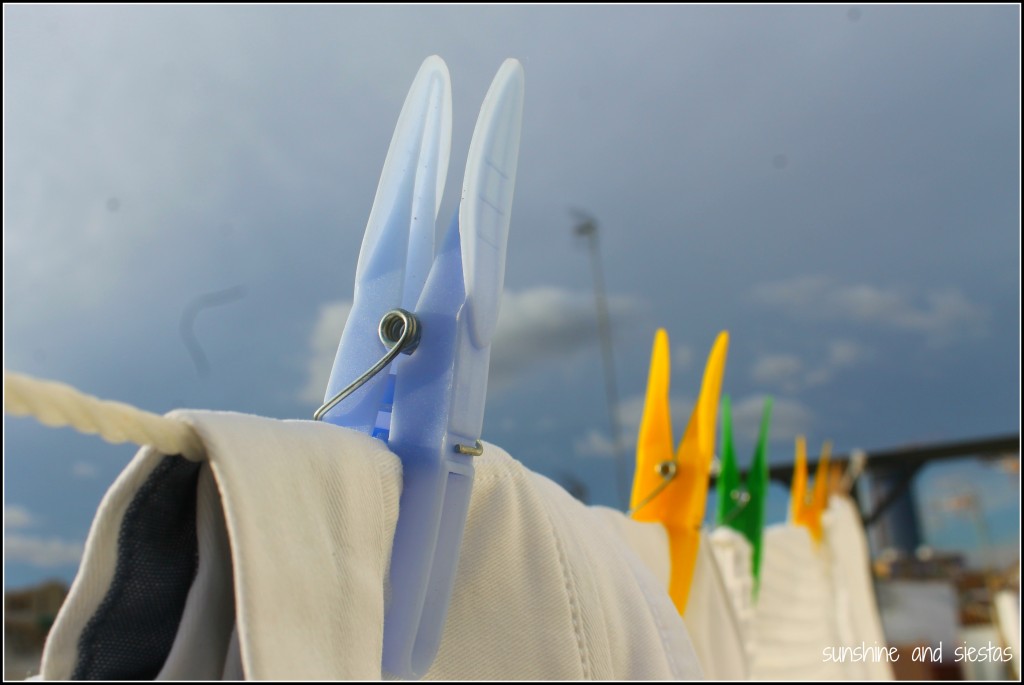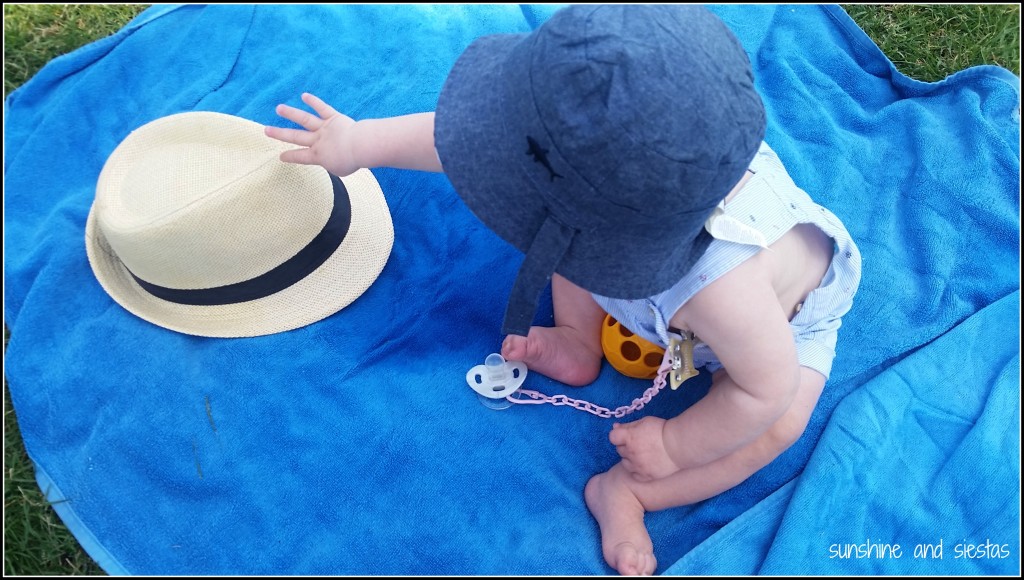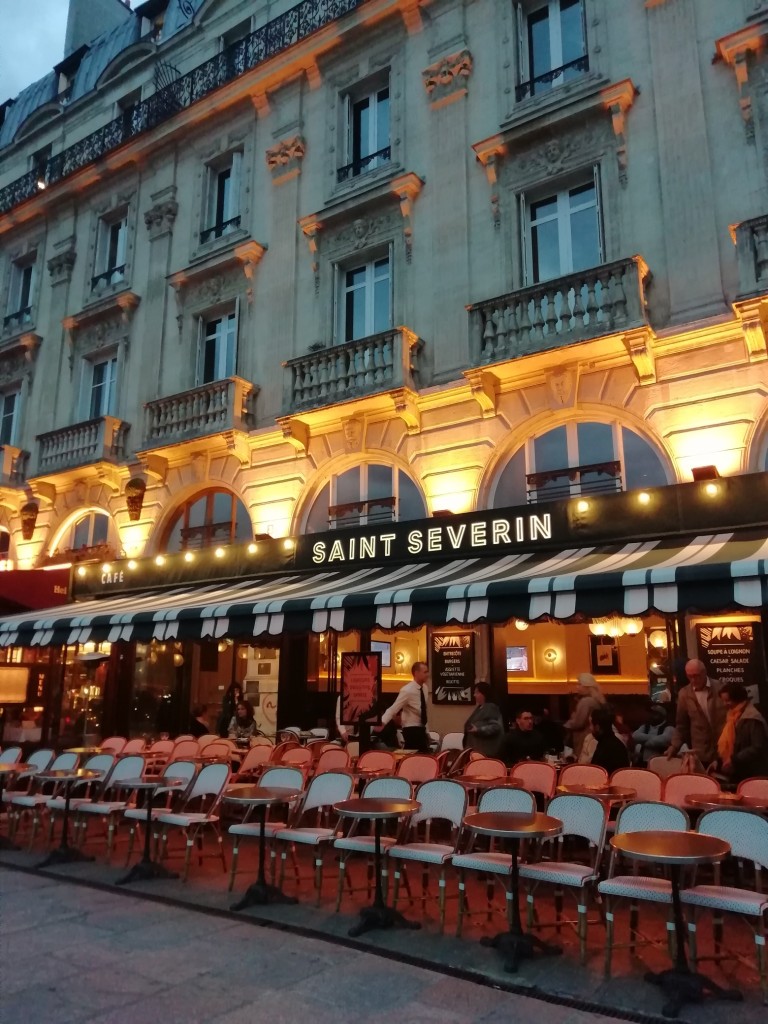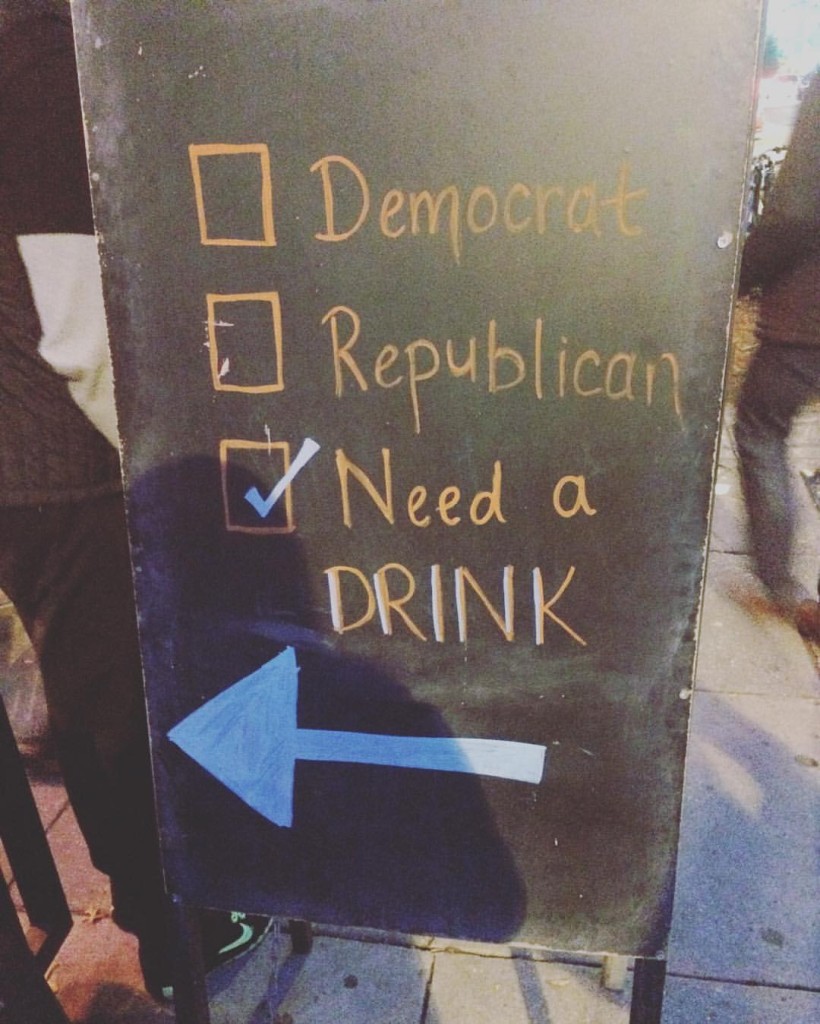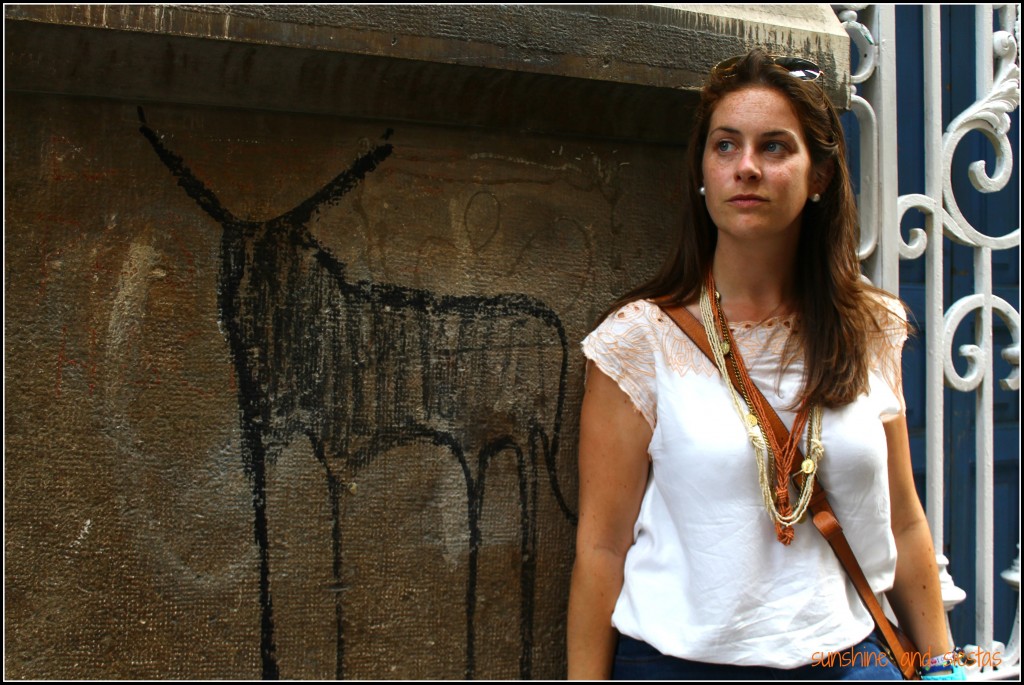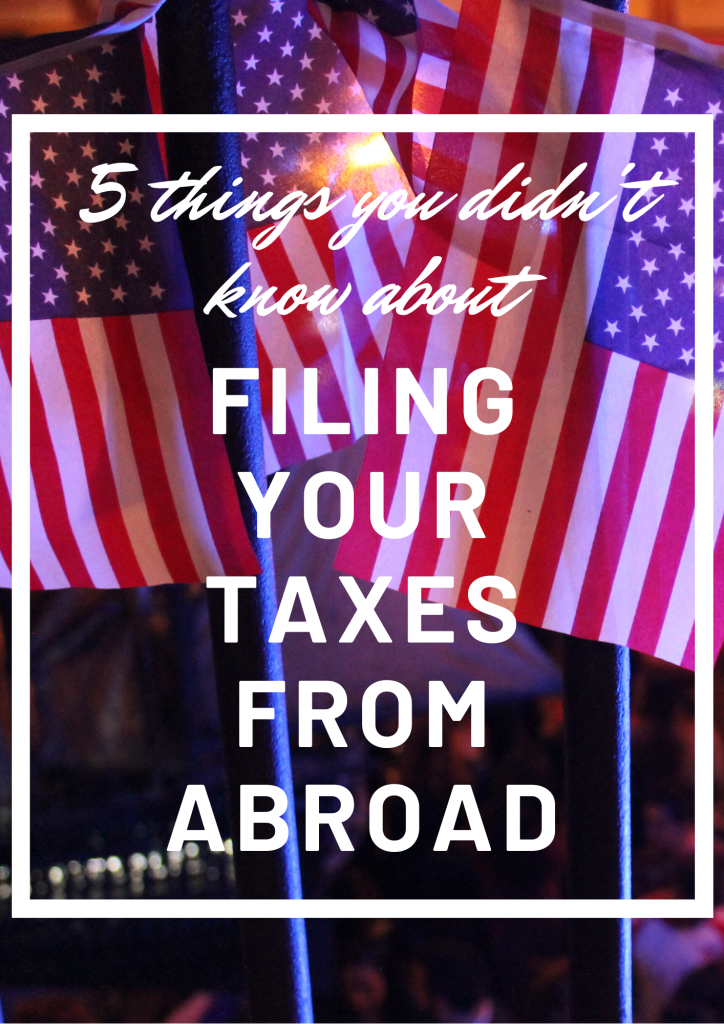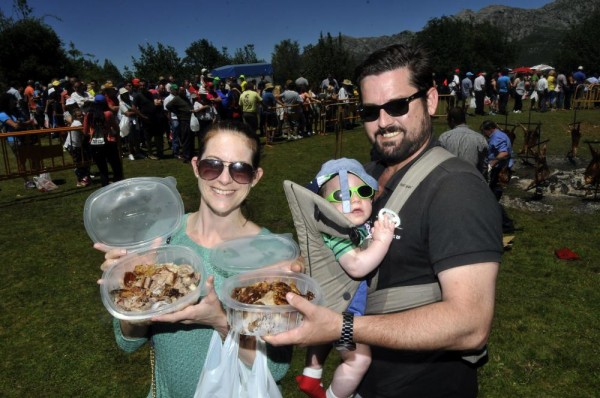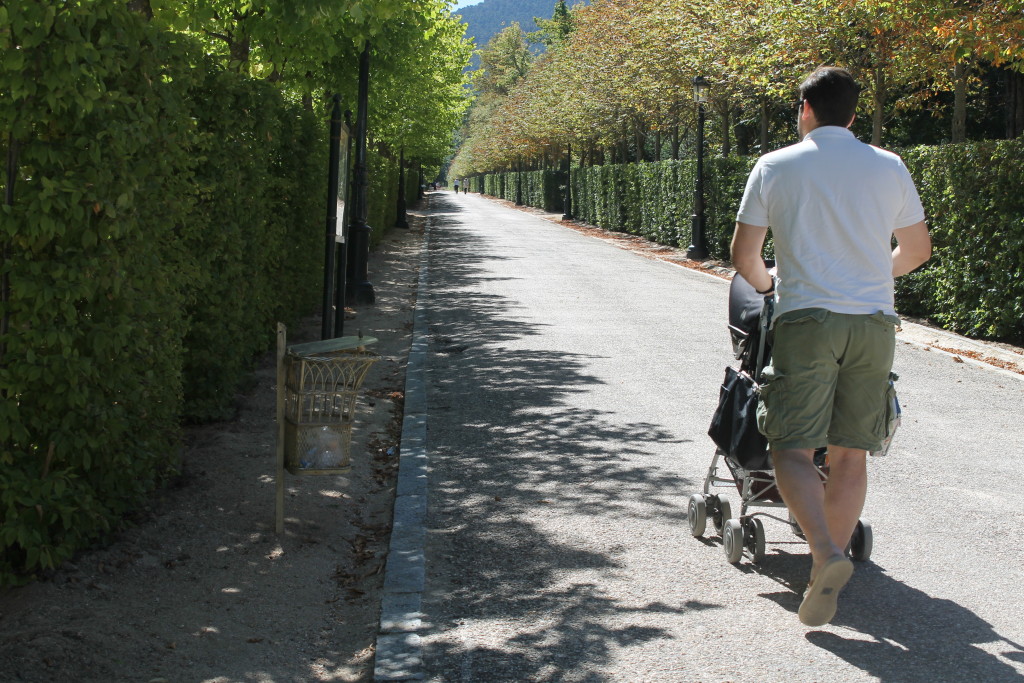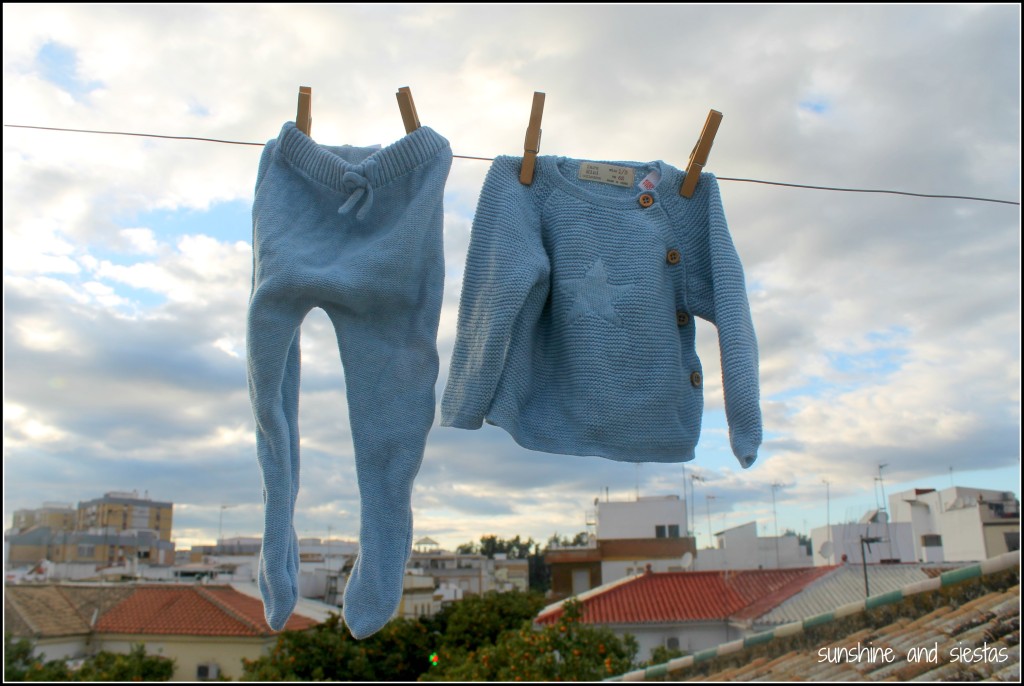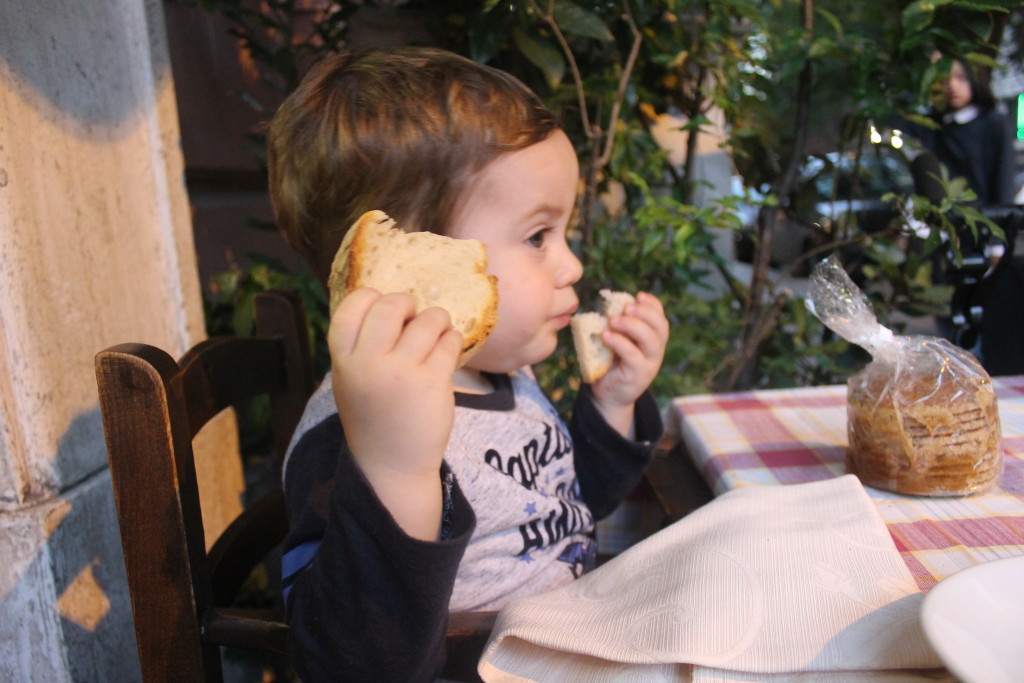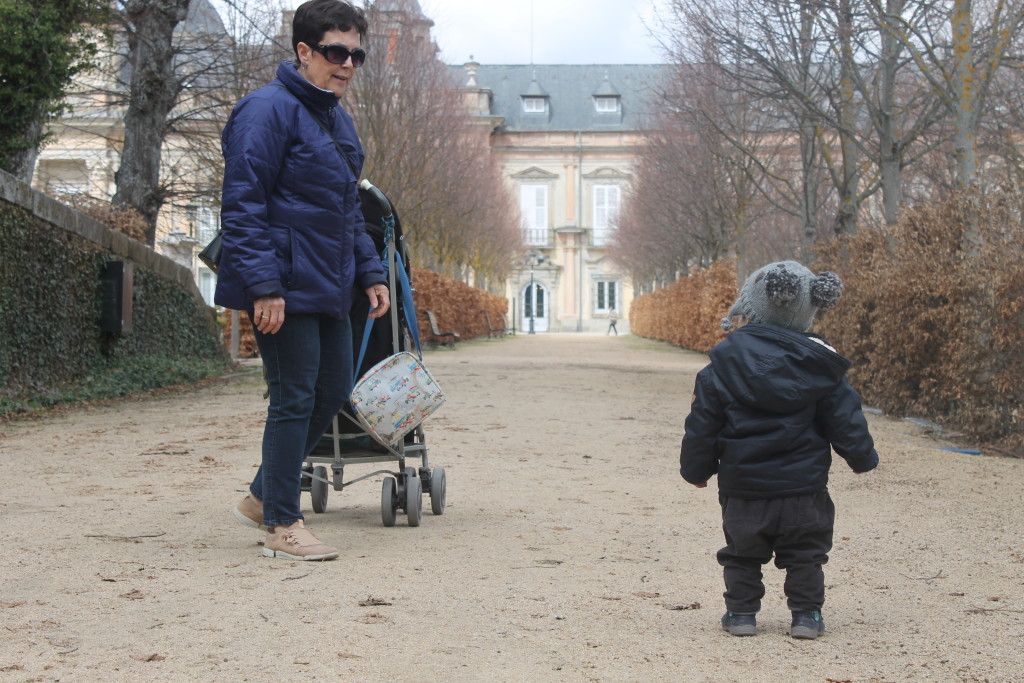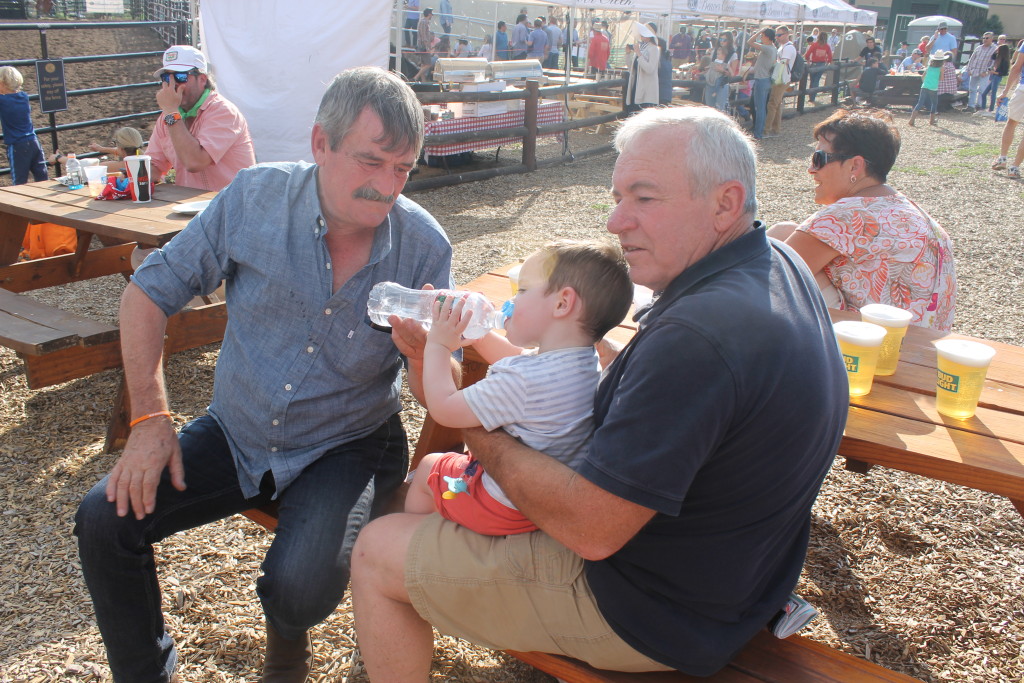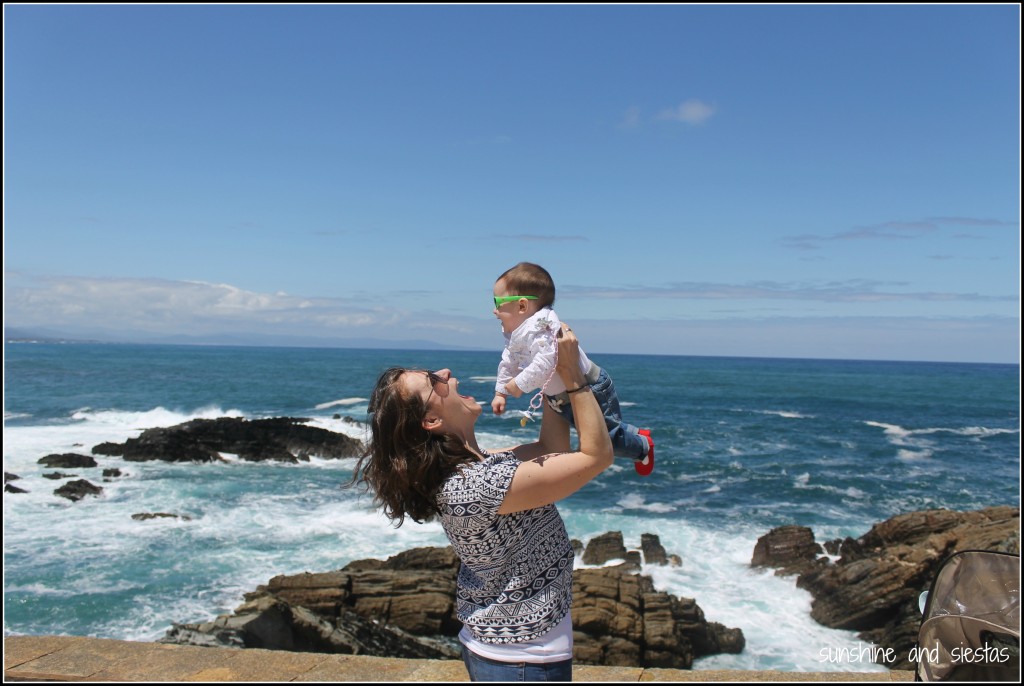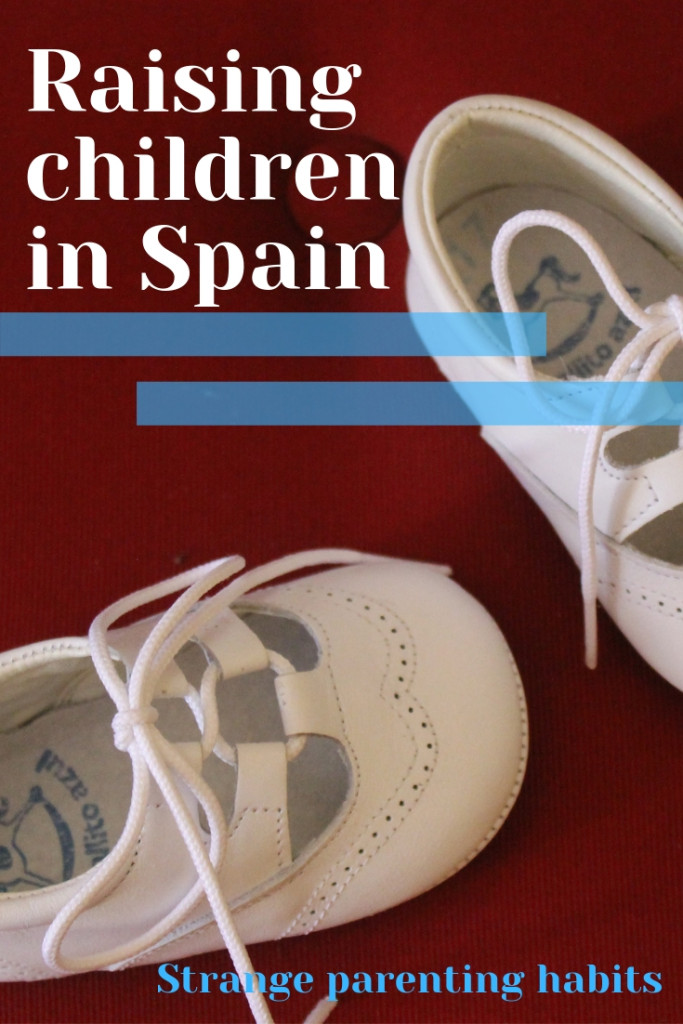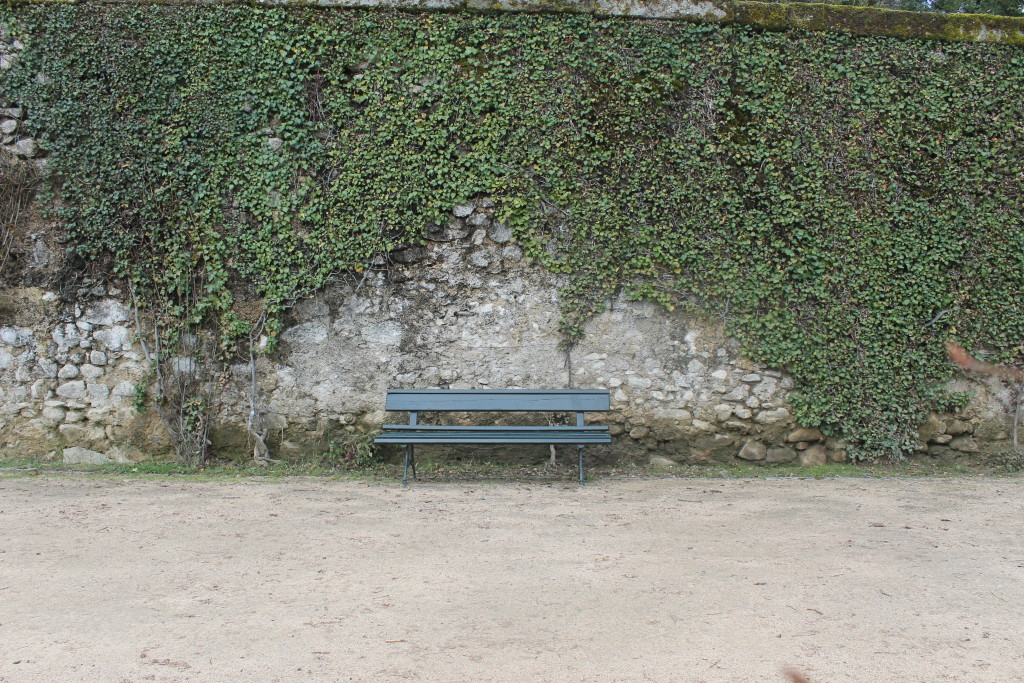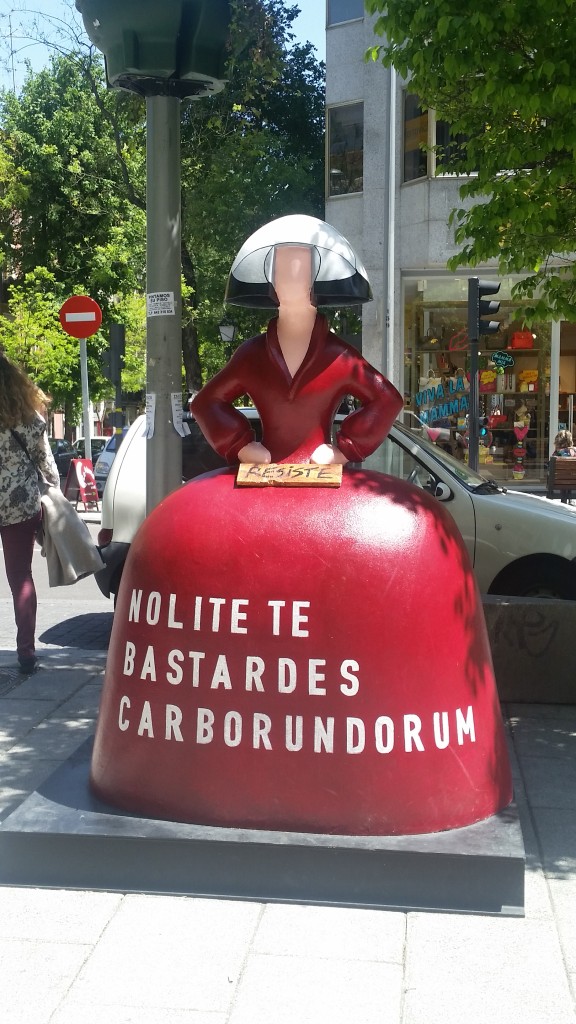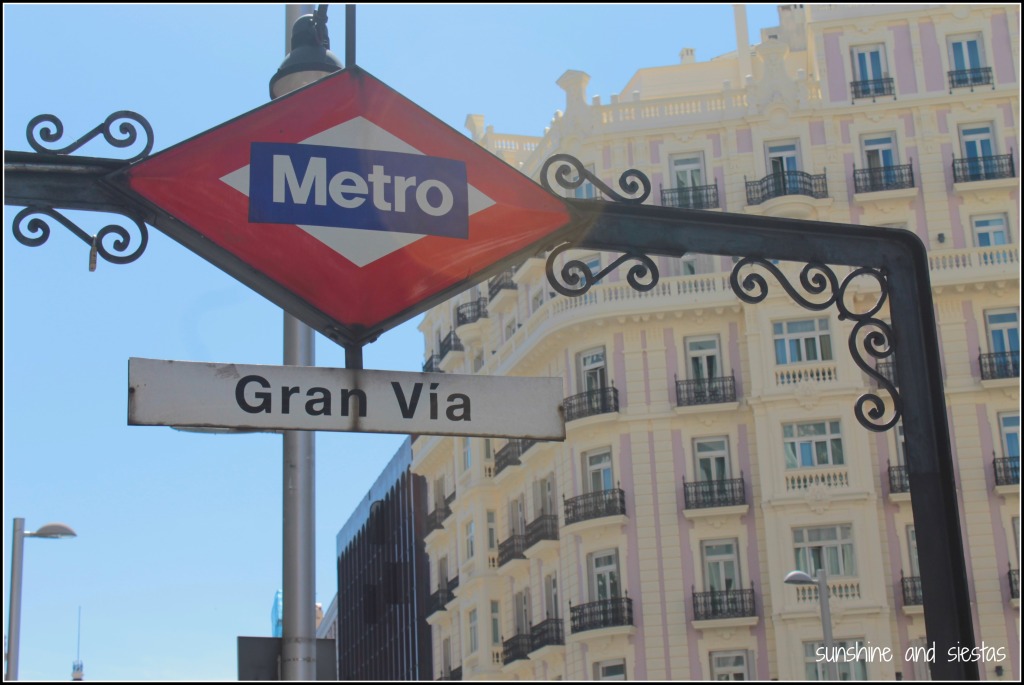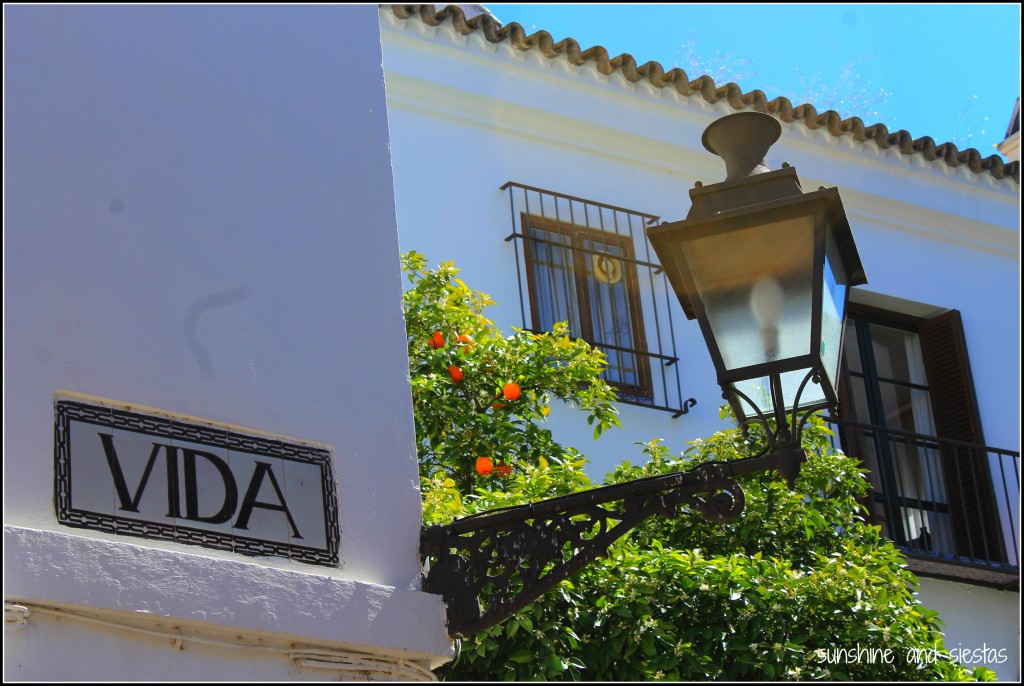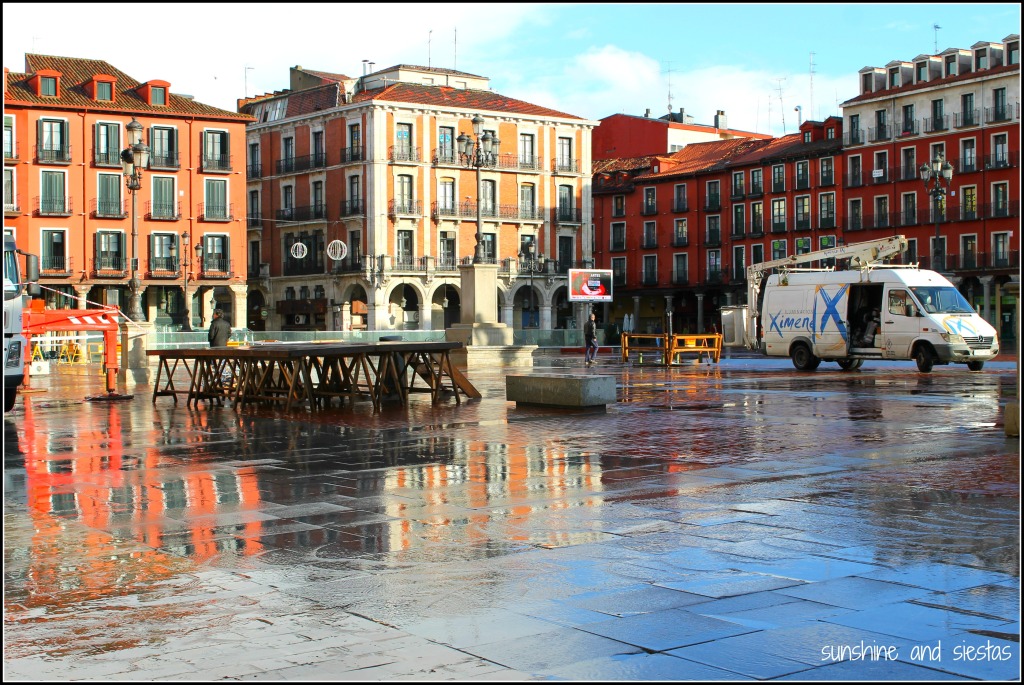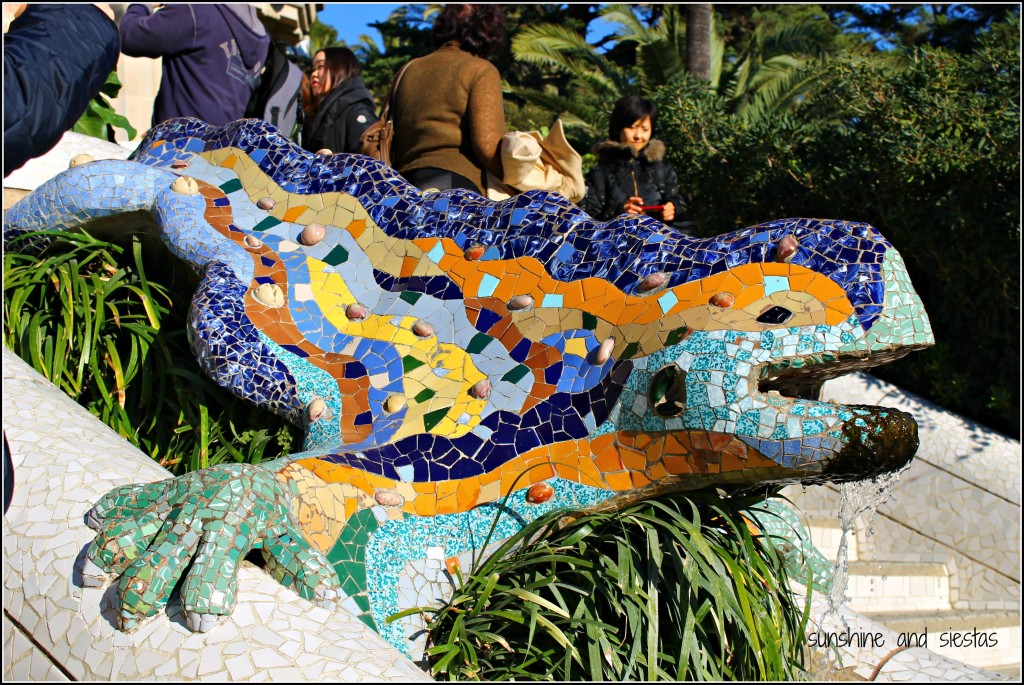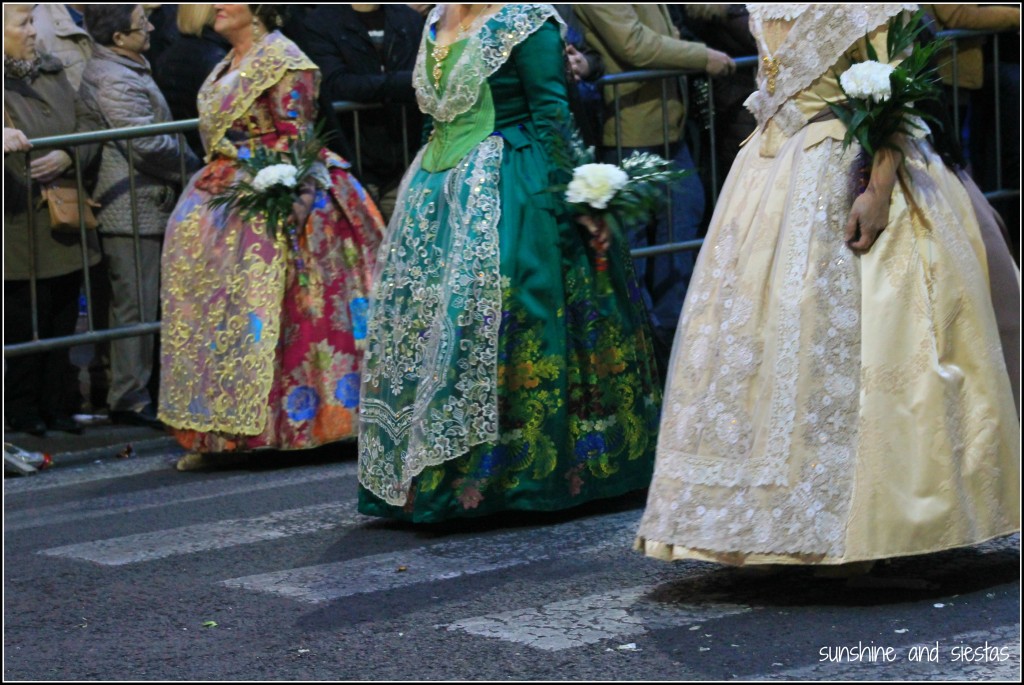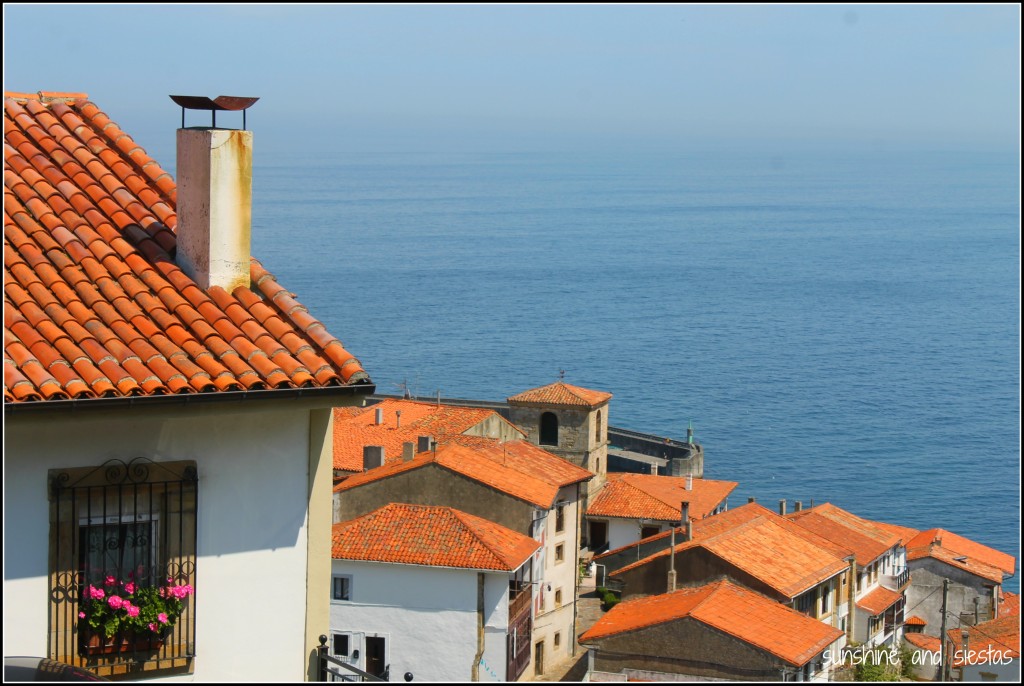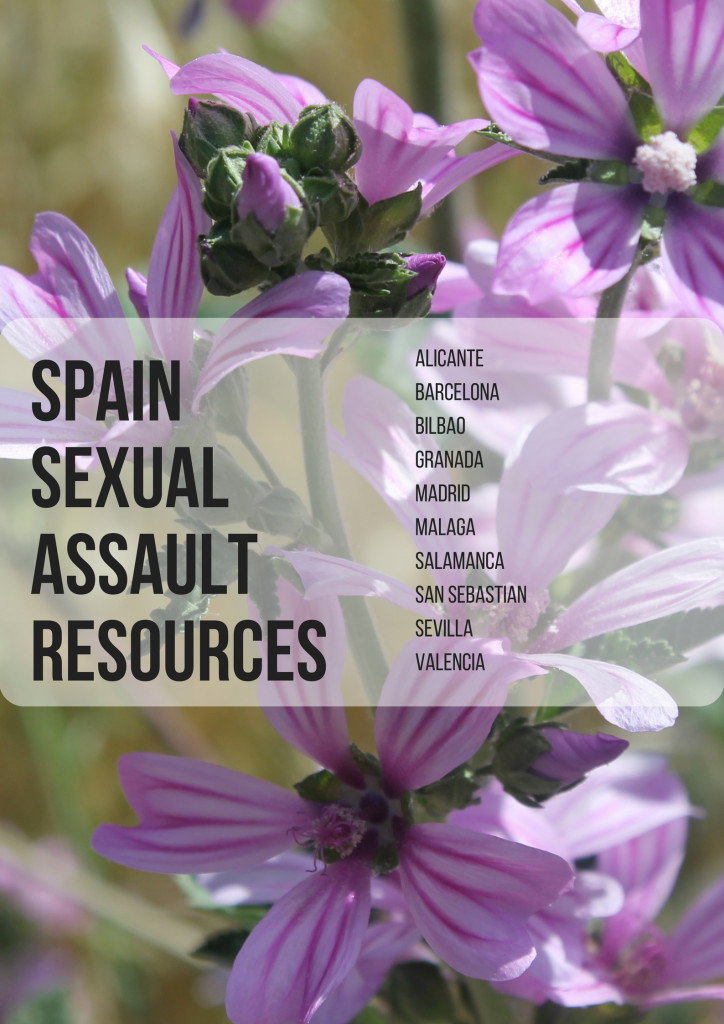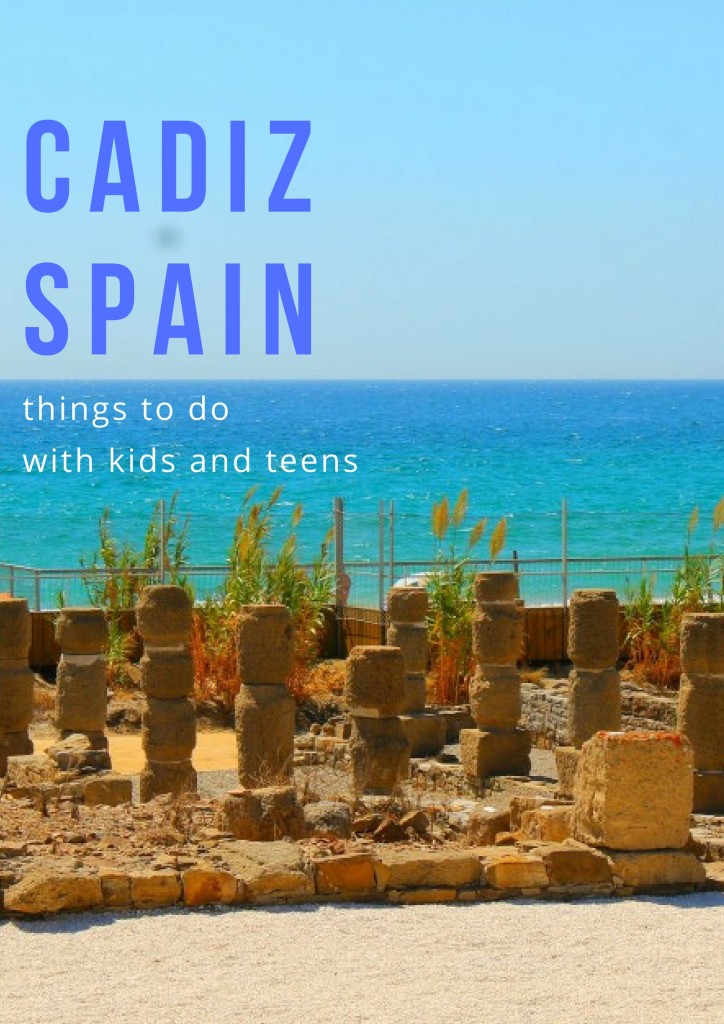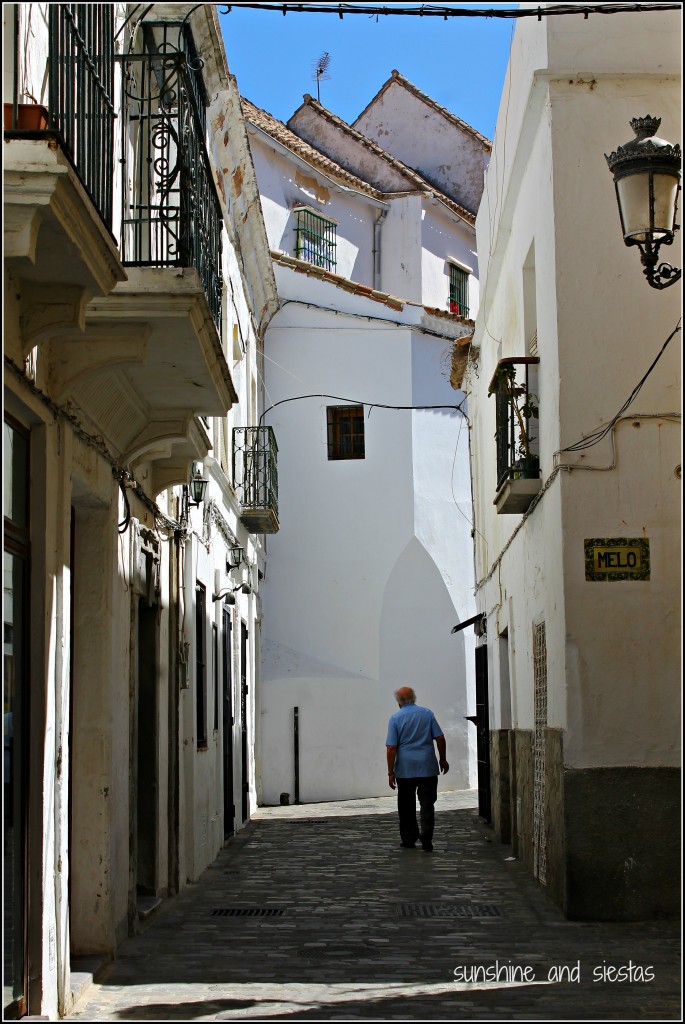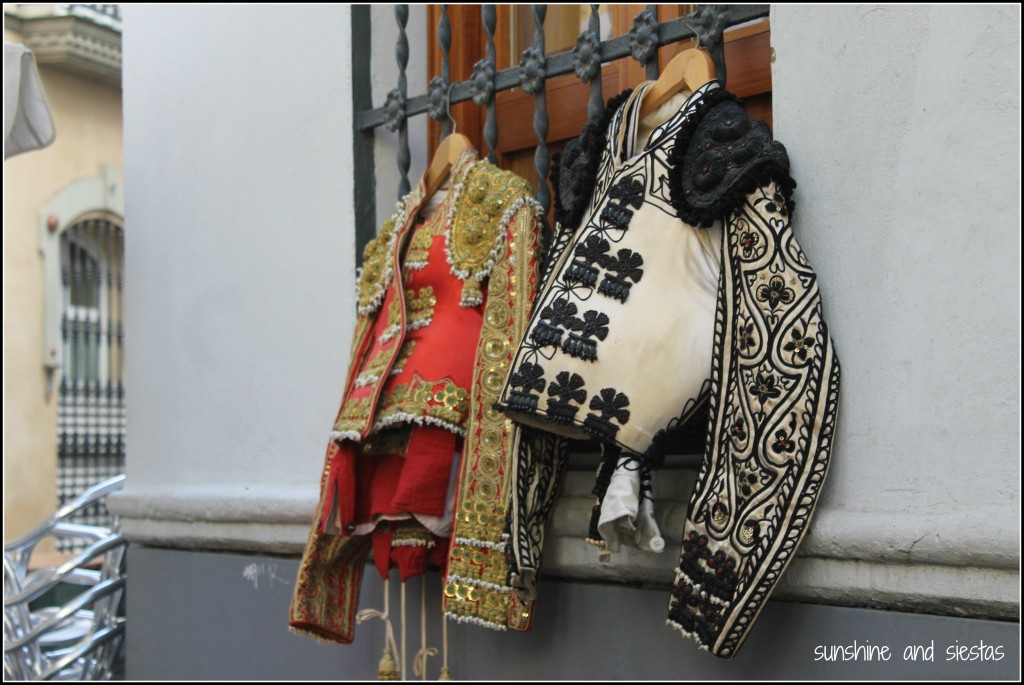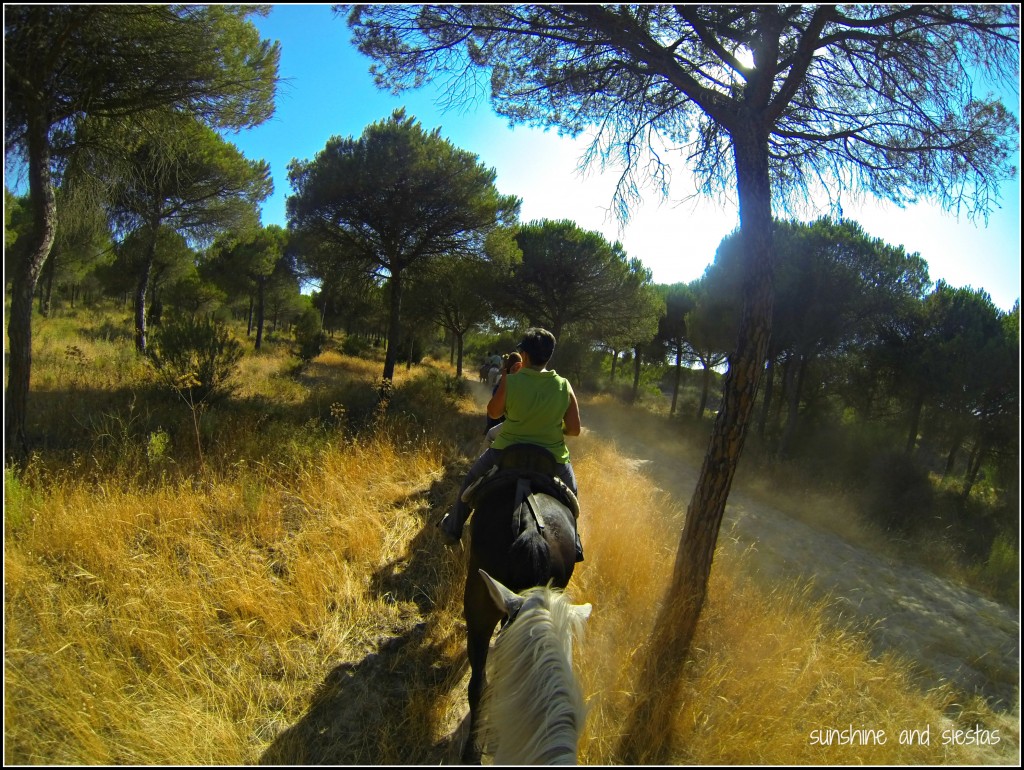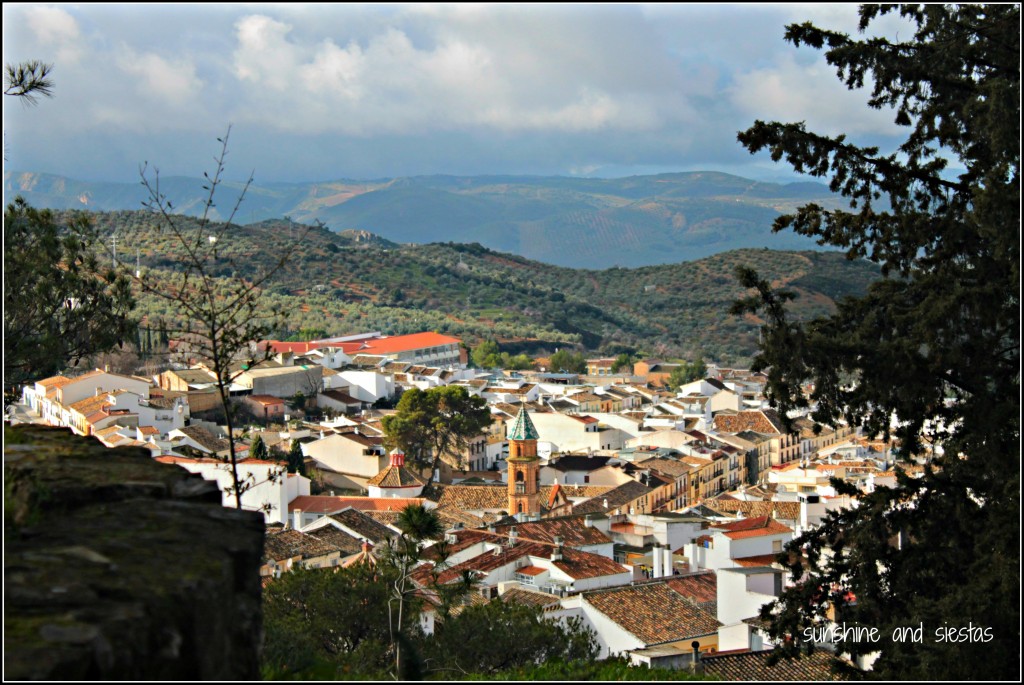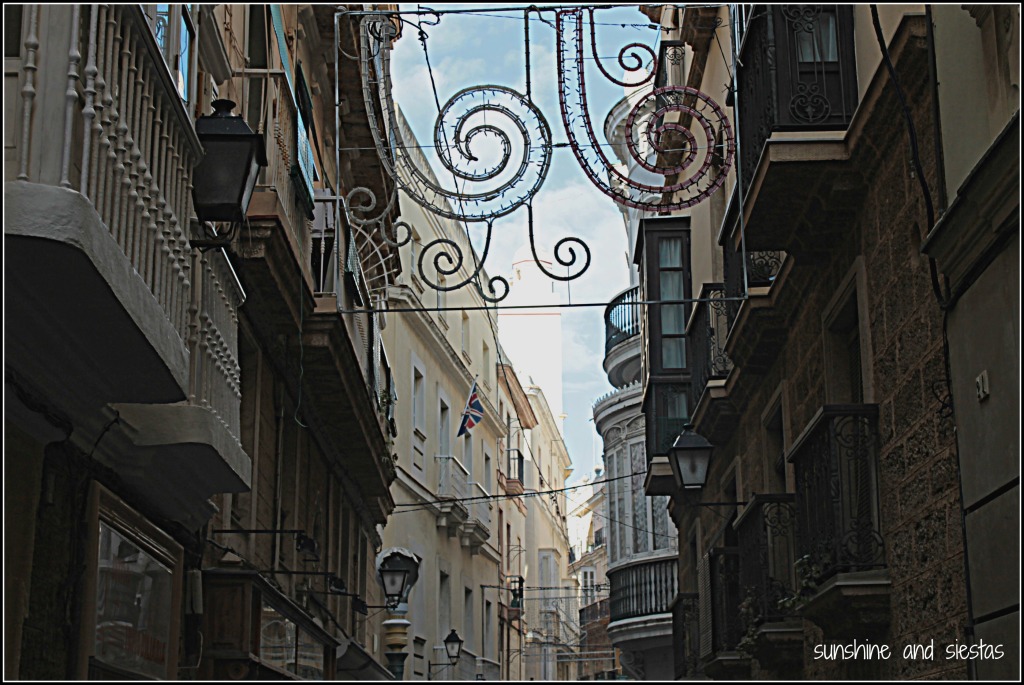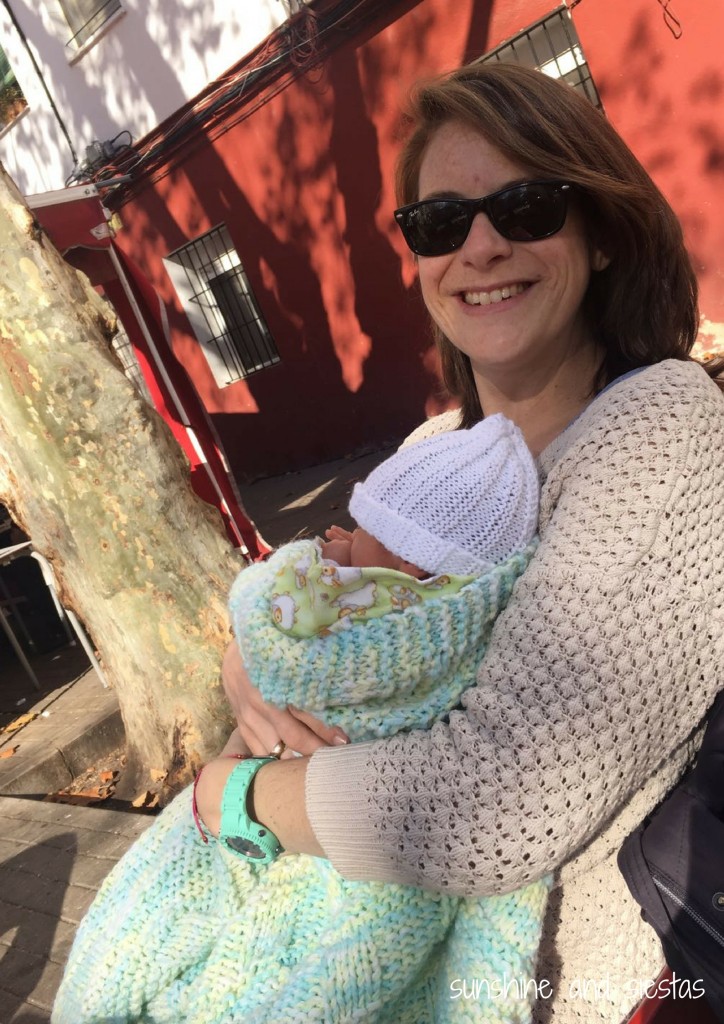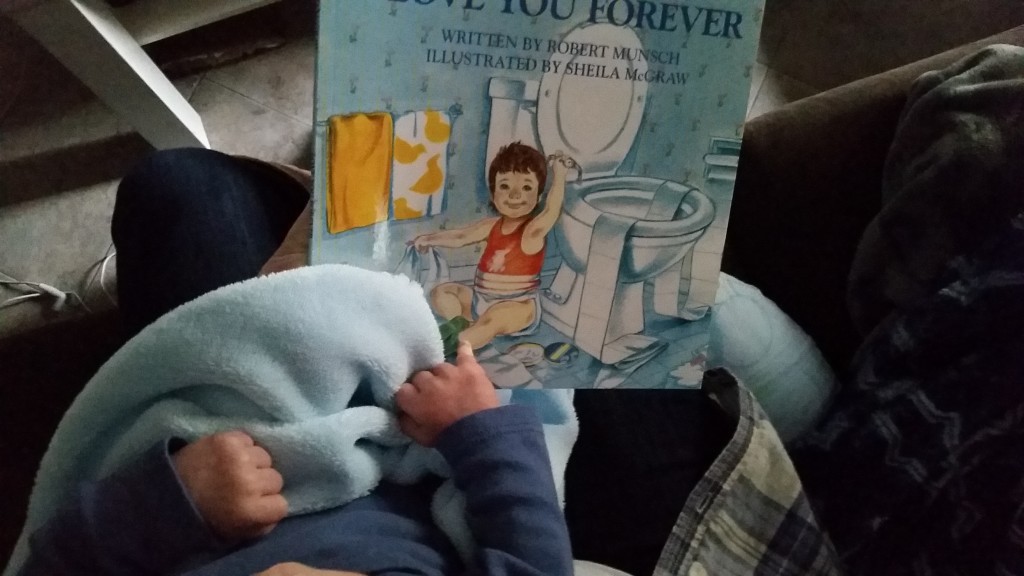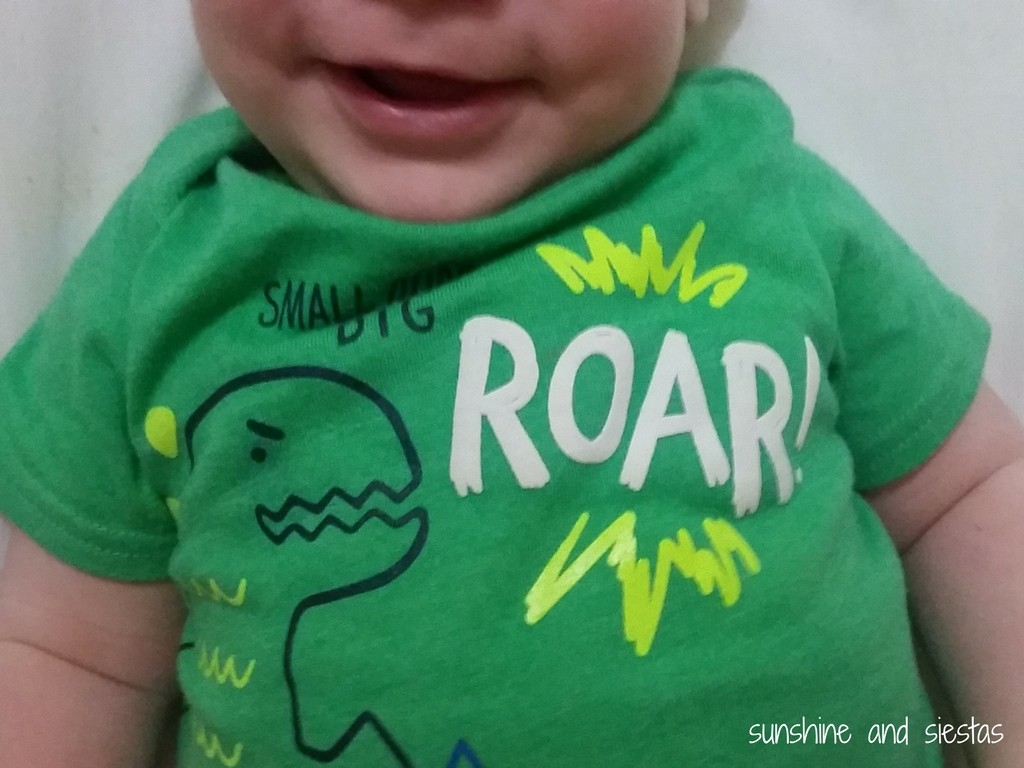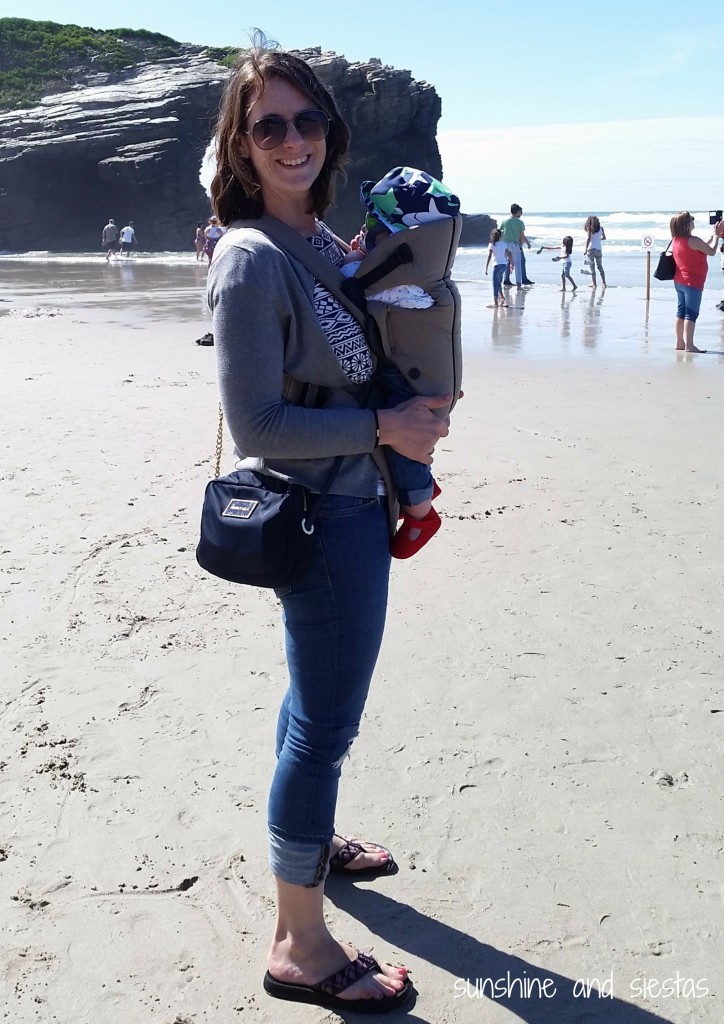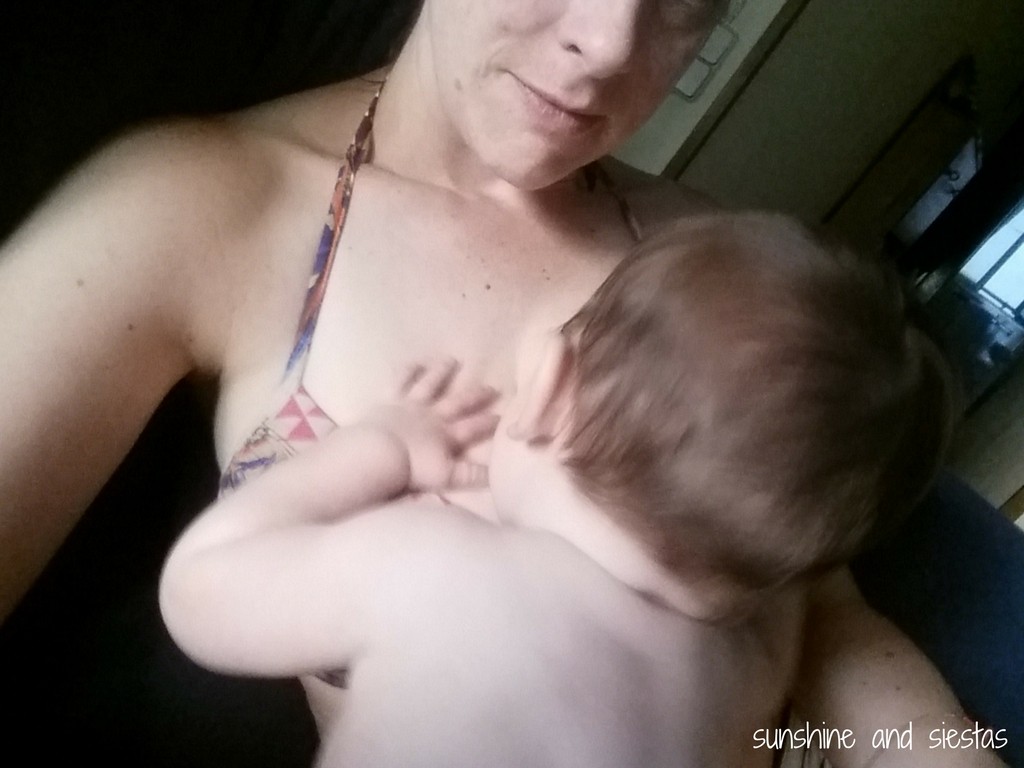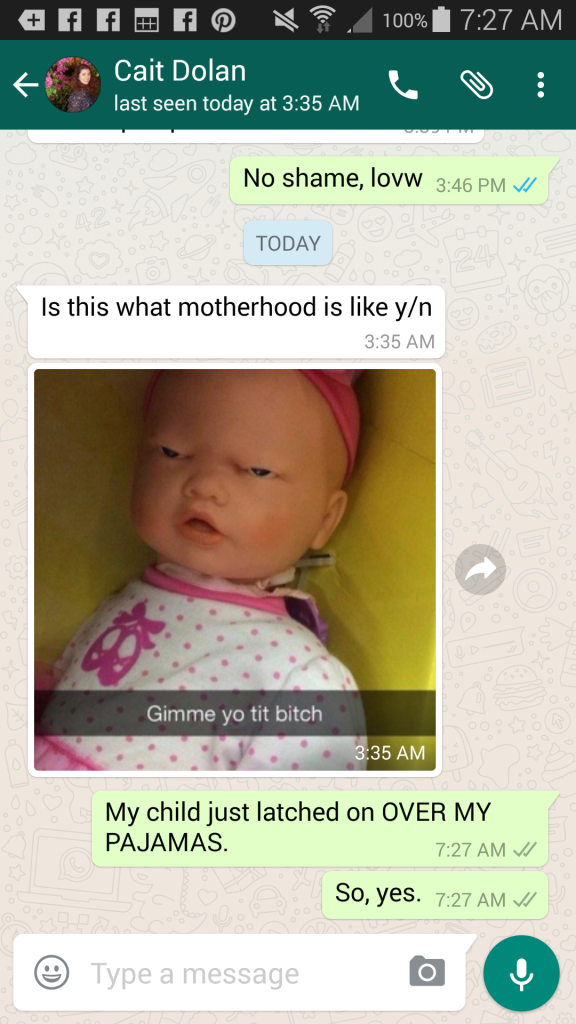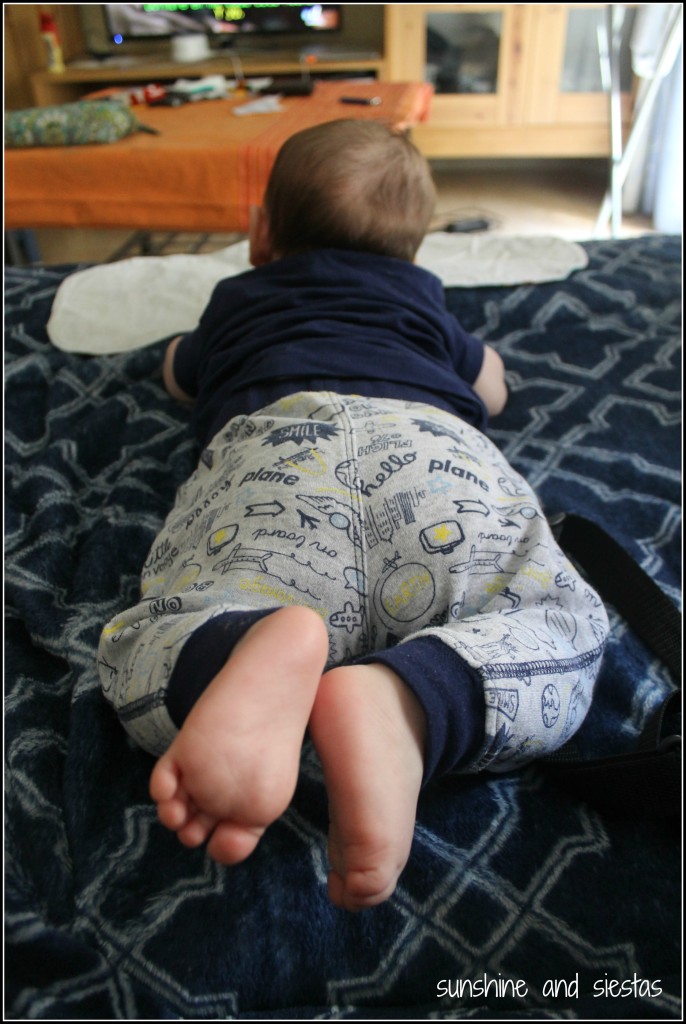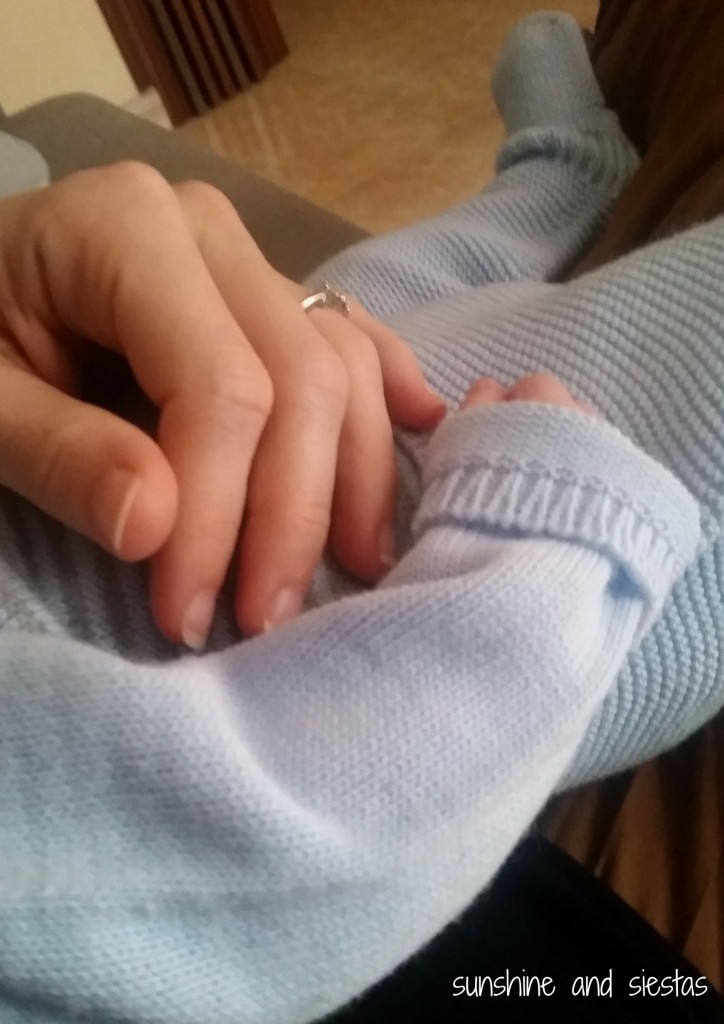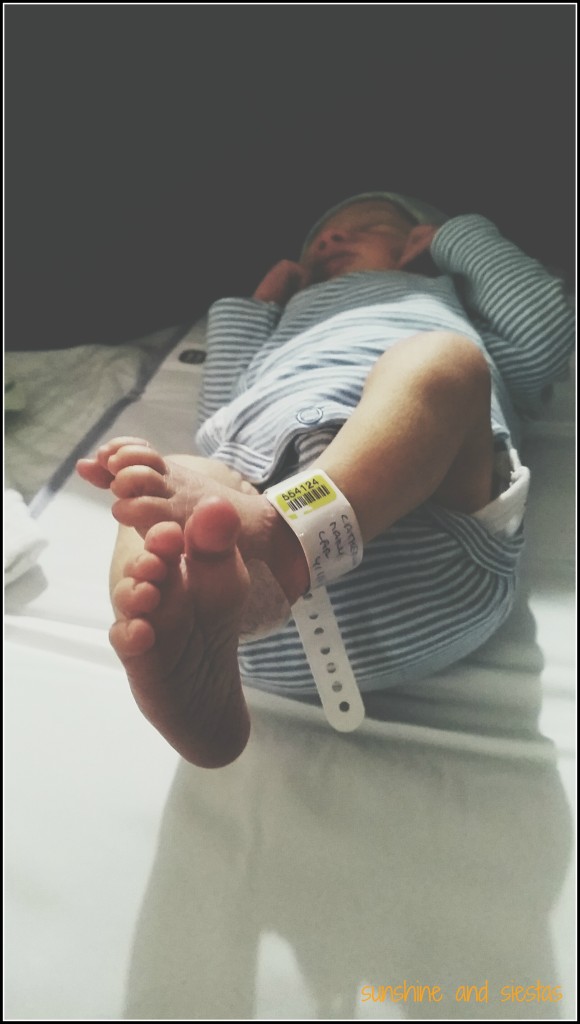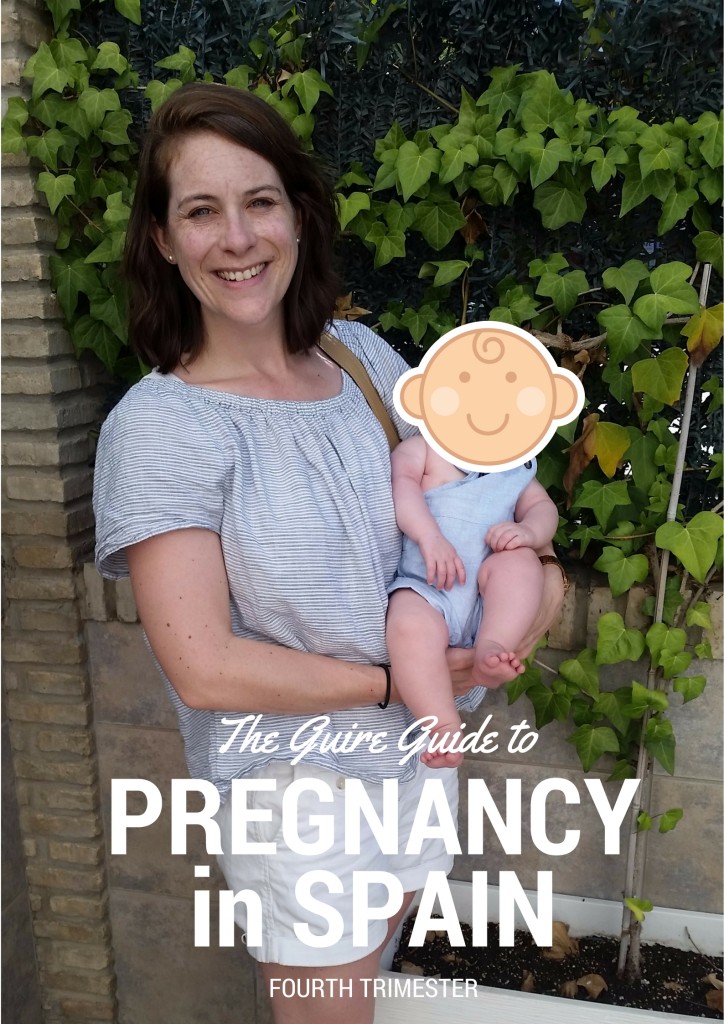Something super weird happens in Seville right after the Feria de Abril tents begin to come down. Suddenly, there are fewer cars parked along the street, and making plans becomes infinitely harder to make with friends. There are beach trips, bautizos and everything in between, and it signals my favorite season – summer.
As a former teacher and a summer baby, I have always loved the hottest months of the year. It’s an excuse to subside on ice cream and gazpacho, to relax on languid afternoons with the persianas drawn to keep the cool in the house, to seek out a refuge in the mountains or close to the coast. Workdays are shortened, and balmy nights stretch longer than normal. Now that I have a (remote) staff job at an American university in Spain, my summers are only as long as my allotted 22 vacation days, but we tend to pack in some time on the road – and on both sides of the Atlantic.
Late June: Sweet Home Chicago
I’m pulling the kids out of school early to attend a work-related conference in my hometown. My parents moved to Colorado after the pandemic (well, my dad chose go and my mom was dragged, likely kicking and screaming, away from her beloved Chicago), effectively “unanchoring” me from the Midwest. I know – it was me who chose to move abroad in the first place – but knowing I could always come home and relish in a Chicago summer kept me afloat when I was lonely. That said, not having the constant pull of friends actually made my entire family really close, and we get to explore a totally different part of the country. After a few days in Chicago, we’ll head out west for three weeks and then bookend the trip with another week in Chicago to see friends and family. The Novio will join us for the last week.
Late July: On va à Normandie!
After a successful road trip last summer, spent crisscrossing Spain (seriously, we went from Seville to Murcia to Madrid to Galicia, across to Bilbao and back down to Madrid, sleeping in no less than seven autonomous communities but hitting a few others), we’ve come to the conclusion that we love the flexibility a car gives us.
And, thankfully, our kids are REALLY good car travelers.
Once we touch down in Madrid and recover from jetlag, we’ll be piling in my car to spend two days driving up to Caen to visit a friend. I have honestly been dreaming of France since we moved back from Lyon nearly four years ago, and this trip will allow us to hit some castles and new cities on the way up and down. And eat cheese.
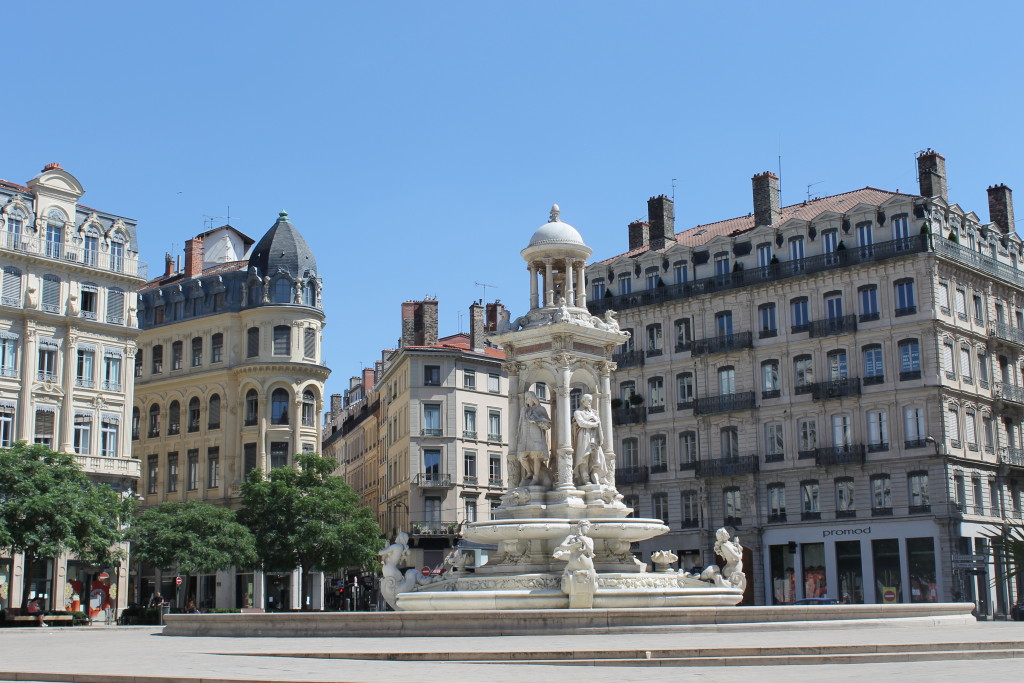
My last trip to Normandy, I still had a learner’s permit. Now that we have the freedom of a car, I’d like to visit the D-Day beaches and Bayeux again, explore Caen from a local’s perspective and perhaps find time for Rouen and Mont St. Michel. I have also been dreaming of visiting St. Malo since reading All the Light We Cannot See ten years ago (skip the miniseries and read the book instead, please!!).
Oh, and as a petite pause during this trip, I will be catching a train down to Paris for the Olympic Games! My dad recently asked me what my biggest bucket list item is, and I giddily replied that it was to attend the Olympics in person. I’ll be attending women’s artistic gymnastics qualifiers, men’s and women’s football and a trip to the Fan Zone for men’s beach volleyball (look for me on TV!).
August: Pá casa
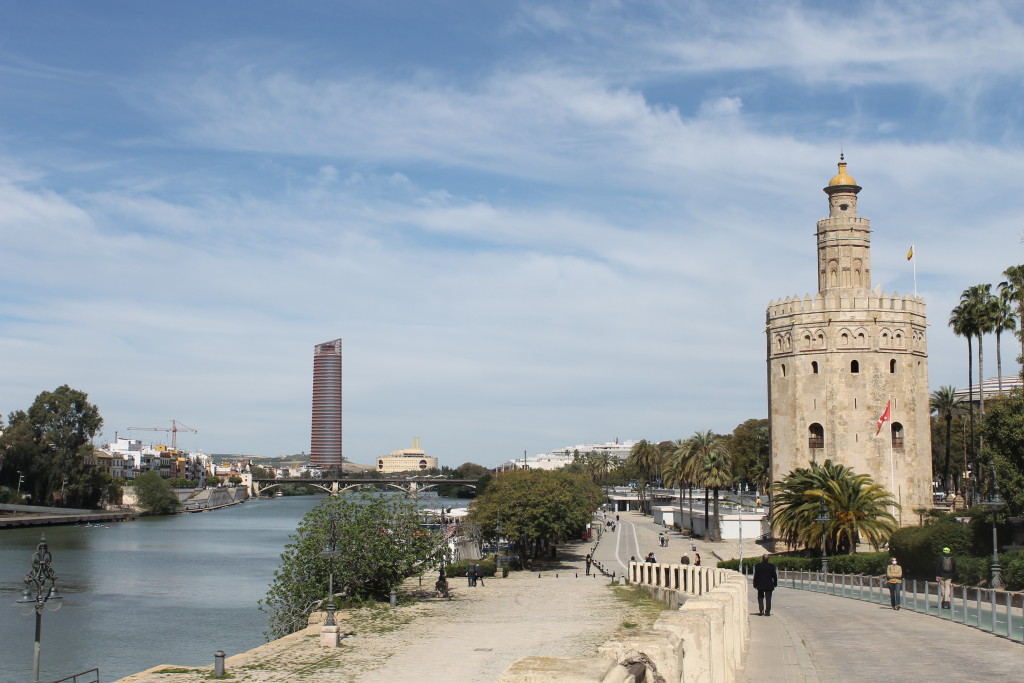
August will have us back in Seville. People assume I’m insane for wanting to be here when the city is devoid of people, where the midday sun forces you inside during the prime hours of the day. But honestly, it’s one of my favorite times of the year: an excuse to rediscover Seville via its air-conditioned museums and casa palacios by day, and indulge in late bedtimes for the kiddos after the sun goes down.
Where are you headed this summer? Let GPSMyCity help you plan!
To celebrate my favorite season of the year I’ve teamed up with GPSMyCity to give three of my readers a FULL ACCESS pass for the year on up to two devices! Unlimited trips, tours and local suggestions are right at your fingertips to make planning your summer escapes easier.
GPSMyCity is all about losing yourself without actually getting lost! The software allows local experts to craft walking tours of over 1500 cities around the world, and you as the traveler can browse routes for your destination. From historic sites to great bites, there are literally thousands of different guides and maps that you can download right to your phone and use on or offline – or, create your own guide to download. If you love to explore on foot, you’ll love using GPSMyCity.
Entering the contest is easy: you’ll just have to comment on your summer plans (or, your dream summer plans) on this post!
The contest will end on May 24 at 11:59 P.M. CEST, and I will announce the winners. If you’re chosen, I’ll send along a special claim code and instructions for you.
Disclosure: I’m also an author with a few posts and routes about Seville that you can download if you’re ever in town. Please note that the Seville articles authored by me are affiliate links, and this blog earns a commission if you purchase and download them. Thank you for trusting me with your trip! I was not compensated for this post.


